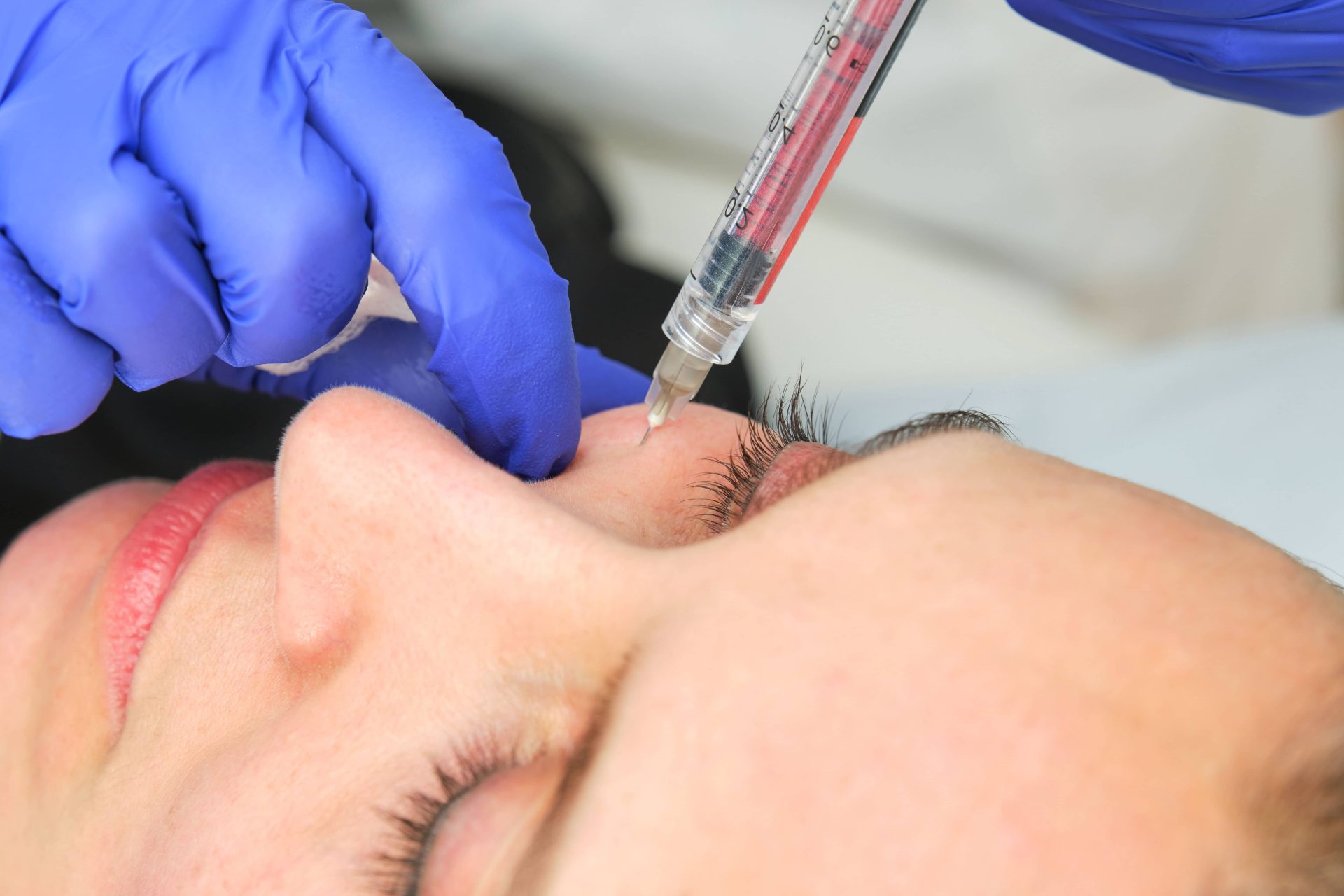Eye Bag Treatments

Eye Bags Treatment by Dr Bob Clinic:
What causes under eye bags?
Various anatomic factors may contribute to the appearance of periocular dark circles including the facial ligamentous architecture, the bony structure, midface soft tissue including prominence of the orbicularis oculi muscle and vasculature and thin eyelid skin with minimal to no subcutaneous tissue.
Multiple factors may be implicated in congenital and acquired hyperpigmentation of the periorbital skin. Causes may include melasma, nevi, dermal melanocytosis, excessive sun exposure, hormonal changes or a multifactorial aetiology. Inflammation from various conditions including atopy and contact dermatitis may also lead to hyperpigmentation. Medications such as oral contraceptives have been found to increase pigmentation.
Eye bag
The underlying facial ligament and bone structure are important in providing a framework to support facial soft tissue and affect the overall appearance of the face. Age-related changes in the midface result in relative orbital rim recession and midfacial and malar bone volume loss, leading to tightening of the orbital and facial retaining ligaments. As facial fat descends and fat volume decreases, the relatively inflexible ligaments result in tethering and associated orbital rim and facial hollowing. These hollows lead to worsening of shadowing, which can particularly be noted in the tear trough area in the inferomedial orbit. Overhead lighting can worsen the appearance of periorbital dark circles, while direct light may mask the appearance.
Dark eye circle
Age-related anatomic changes of the midface soft tissue include subcutaneous fat atrophy and volume loss, hypertrophy of orbicularis oculi muscle, pseudoherniation of suborbicularis oculi fibroadipose tissue and volume loss in the malar region. These features further accentuate the appearance of dark circles.
The thin and somewhat transparent eyelid skin provides little camouflage to the prominence of the underlying midface soft tissue including the robust subcutaneous vascular network and the orbicularis oculi muscle. This results in a darkened appearance of the skin.
Infraorbital eyelid fluid may accumulate in the infraorbital soft tissue area and further contribute to the darkened and aged appearance in this area. Extravasation of haemoglobin breakdown products such as hemosiderin and biliverdin contributes to visible pigmentation changes in the cutaneous and subcutaneous layers.